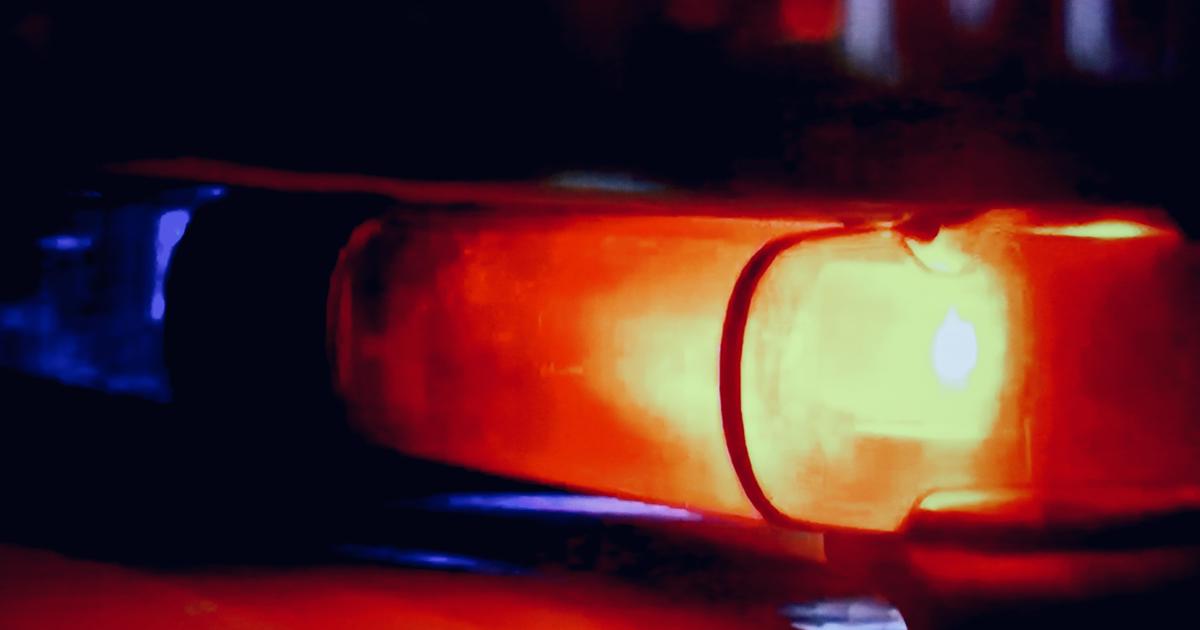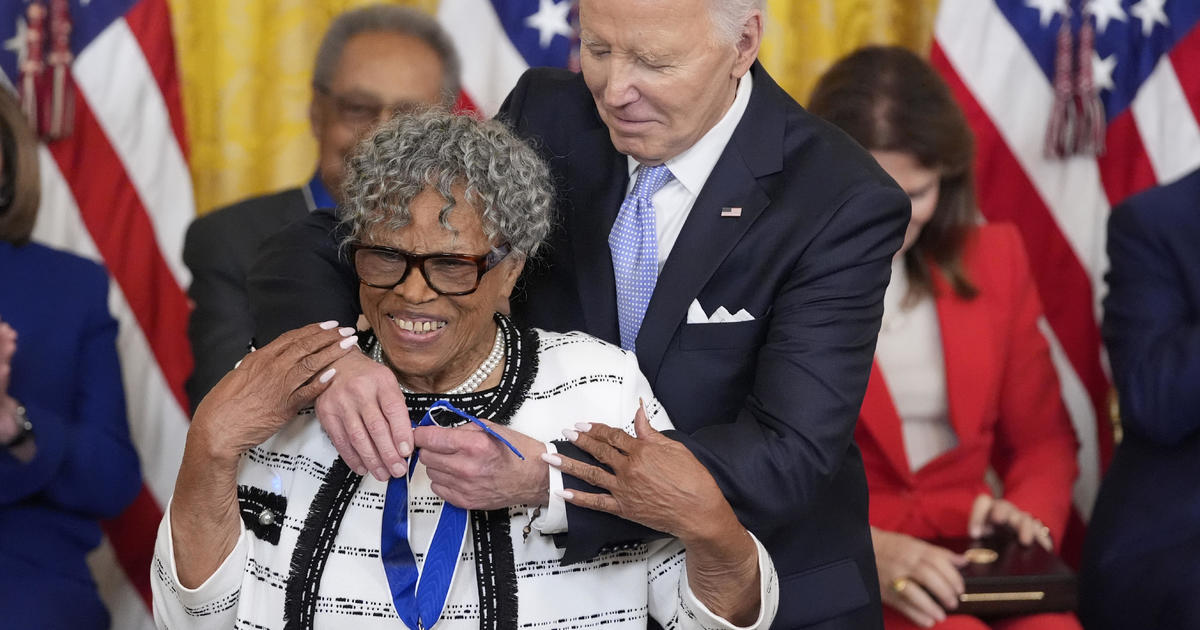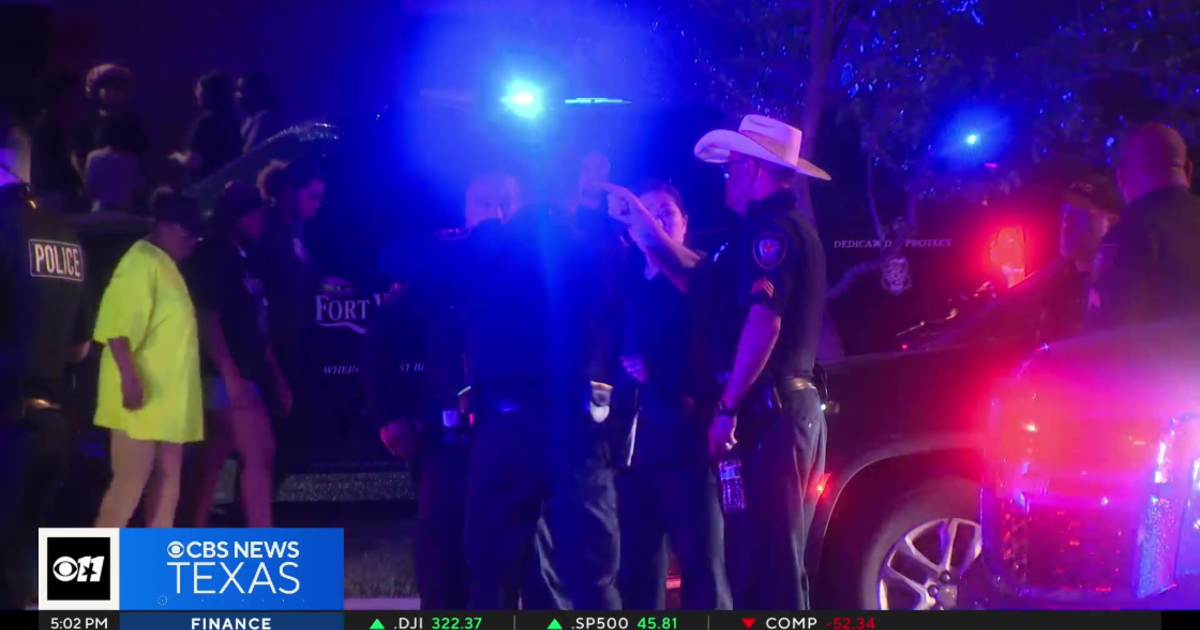What Would You Do While Waiting For Help To Arrive?
DALLAS (CBSDFW.COM) - The aftermath of the Las Vegas shooting has left the nation wrestling with questions that will perhaps never be answered. But, here's one that can: what would you do in an emergency while waiting for help to arrive?
"I watched what happened in Las Vegas and I can't even believe that happened," says Jorie Klein, BSN, RN. Klein is the Director of the Trauma Program at the Rees-Jones Trauma Center at Parkland Health & Hospital System. "But, the reality is: those are real now. So you have two choices: you can prepare yourself and you prepare your family and then you have a chance of surviving. Or you can ignore it, and you won't be prepared."
According to Klein, it takes on average about 8 minutes for an ambulance to arrive anywhere in America-- and that's after someone calls for help. A patient can bleed to death in just three. It's the life and death math behind a nationwide effort called 'Stop the Bleed.'
"I want you all to open up your tourniquet," says Klein, as she launches into a training demonstration. Her specialized mannequin has a severed arm. It is a class that Klein has taught countless times. "Tighten it, twist it, clip it, and then we're gonna strap it!"
And yet, knowing how to apply a tourniquet taking on new urgency, now.
"We know what's making the headlines; but, it may not be an active shooter," says Dale Hackbarth, Head of Security at St. Mark's of Texas. "It could be a tornado, a car accident, a power tool at your house. This is very good training to have at your fingertips."
And Hackbarth should know. He is a former Dallas police officer. He was wounded while serving a warrant more than a decade ago.
"Doc Eastman was there on the scene and applied the tourniquet," says Hackbarth. "If not my life, it at least saved my leg."
Hackbarth is so passionate about preparation that he's organized a 'Stop the Bleed' training session for colleagues at St. Mark's later this month. He's also inviting security staff and nurses from other schools as well. They will leave with knowledge that could save a life-- and a pre-packed first responder kit with tourniquet and gauze ready to go.
"I may not be there. Doc Eastman may not be there. The first responders may be 5 minutes away. Citizens are always the first one on the scene," says Hackbarth.
The training typically lasts about an hour and a half and Klein says staffers will conduct on-site sessions for employers and groups.
Contact stopthebleed@phhs.org. And even a squeamish reporter can learn.
"Now you can get hysterical," chides Klein, "the patient's gonna live."



